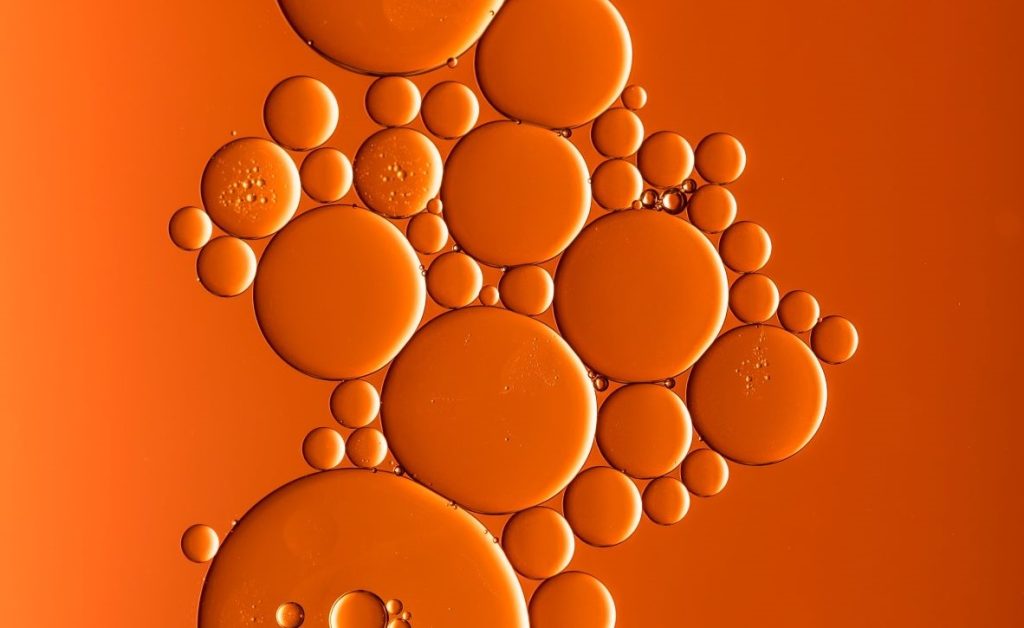Charles Wemyss, Litre Meter’s CEO and pour point expert explains why measuring pour point depressants (PPD) can keep oil flowing.
What is the Pour Point?
First off, what is the pour point? It’s the lowest temperature at which liquid is still pourable. There is an ASTM test (D-97) which defines the pour point. According to this test, the pour point of an oil is considered reached when, after being held at a 90-degree angle from the upright position for a duration of 5 seconds, the flow of the oil ceases.
What is a Pour Point Depressant?
Pour point depressants (PPD) are substances that reduce the temperature at which a liquid will flow. Oil starts to gel at low temperatures. By injecting the correct proportion of PPD, oil will flow with acceptable pumping losses. The chemical engineers know that each field has a different chemistry and, therefore, different requirements and will often specify a particular formulation to provide the best results.
As with all injection fluids, they produce positive results and save money in either pumping losses or piping materials. For PPDs, it’s the former and has knock-on benefits of reduced maintenance costs and safety concerns. Cold temperatures are the major cause of increased viscosity in crude oil. PPDs and anti-settling agents are designed to improve the flow properties of crude oil by reducing viscosity.

PPDs don’t lower the temperature at which wax crystallises or the amount of wax – they alter the size and shape of the crystals, and that inhibits crystal growth. Incidentally, in oils, the pour point is generally increased by a high paraffin content. They precipitate as the temperature decreases and accumulate to the point where the fluid can no longer flow. This can happen with light oils and heavy oils. Most PPDs are organic polymers.
Litre Meter has supplied many flowmeters for PPD measurement. By controlling the flow rate of PPD, the chemists can assure the operators that the oil will keep flowing. VFF units have been installed in oilfields all over the world, including the Gulf of Mexico (Jack & St. Malo, for example), Gumusut, Te Giac Trang, Diyarbekir, Montara, Yoho, Chim Sao offshore Vietnam and the FPSO BZ28 in Bohai Bay, China. All bar one have been Exd installations providing a local display of flow rate, total, 4-20mA and HART communications.
A PD meter is an ideal solution for PPD measurement. Typical flow rates measured for PPD are 0.1 to 1 litre per hour, 0.2 to 1.26, 0.1 to 8 and 10 to 150 l/h. Viscosities have ranged from 2.5 cSt up to 900 cP.
Call us for your next PPD application. We have been leading the field since 1975, pioneering the development of the world renowned VFF. With over 5,000 VFFs now in operation on chemical injection.